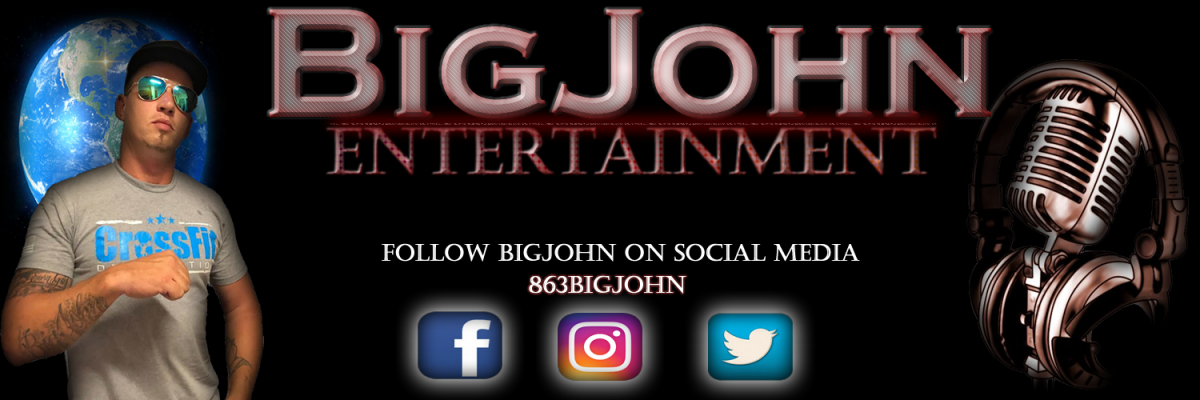Undercover agents were able to buy the fraudulent cards for $20 each at a bar in Clements, Calif., according to the authorities. Federal officials say the problem has grown during the pandemic.
A California bar owner was arrested this week on charges that he had sold fake Covid-19 vaccination cards at his business, prosecutors said.
The owner, Todd Anderson, 59, of Acampo, Calif., was arrested on Tuesday and charged with identity theft, forging government documents, falsifying medical records and having a loaded unregistered handgun, Tori Verber Salazar, the San Joaquin County district attorney, said in a statement this week.
“It is disheartening to have members in our community show flagrant disregard for public health in the midst of a pandemic,” Ms. Salazar said in the statement. “Distributing, falsifying or purchasing fake COVID-19 vaccine cards is against the law and endangers yourself and those around you.”Mr. Anderson declined to comment on Friday. His arraignment is set for May 18.
Agents from the California Department of Alcoholic Beverage Control began their investigation into Mr. Anderson after they received a complaint stating that fake cards were being sold at his business, the Old Corner Saloon in Clements, Calif., which is about 40 miles southeast of Sacramento.
In April, undercover agents were able to buy fraudulent cards four times, the Department of Alcoholic Beverage Control said.
The cards were sold for $20 each, according to the district attorney’s office.
“A number of the cards were found for distribution during a search warrant executed at the bar,” the department said. The search, it said, also uncovered more supplies, including 30 blank cards and a laminating machine, which were confiscated.
The Department of Alcoholic Beverage Control and the San Joaquin County Sheriff’s Office took part in Mr. Anderson’s arrest.
Each of the charges that Mr. Anderson faces is a felony carrying a maximum penalty of three years in prison except falsifying medical records, which is a misdemeanor carrying a maximum term of six months in jail.
Fake vaccination record cards have become a growing problem during the pandemic, according to the authorities. Vaccination cards provide proof that someone has been inoculated against Covid-19 in the United States and list the type of vaccine.

The federal Department of Health and Human Services’ Office of Inspector General and the F.B.I. recently published a public service announcement warning the public that selling fake vaccination cards with a government logo on them is a crime.
The advisory warned the publicabout those who sell fake Covid-19 vaccination cards and encourage others to print fake cards at home. The cards have been advertised on social media sites as well as e-commerce platforms and blogs.
“If you did not receive the vaccine, do not buy fake vaccine cards, do not make your own vaccine cards, and do not fill in blank vaccination record cards with false information,” the announcement said.
The Centers for Disease Control and Prevention has also said it is “aware of cases of fraud regarding counterfeit Covid-19 vaccine cards.” It has asked people not to share images of their personal information or vaccine cards on social media.
In addition to the criminal charges against Mr. Anderson, the Department of Alcoholic Beverage Control said it would file disciplinary action against the bar. That action can include a suspension or revocation of its Alcohol Beverage Control license.
According to the bar’s website, Mr. Anderson is a Minnesota native who has lived in San Joaquin County since 1986 and has owned the business since 2005.
SOURCE: https://www.nytimes.com/2021/05/07/us/fake-covid-vaccination-card-california.html


![[Covid-19] Stimulus checks will be in your hand within 3 weeks!](https://i0.wp.com/ent.bigjohn863.com/wp-content/uploads/2020/03/stimulus-check-2020-details.jpg?fit=1000%2C1500&ssl=1)

